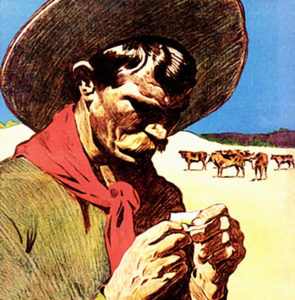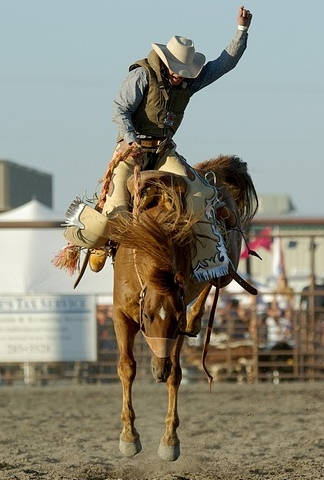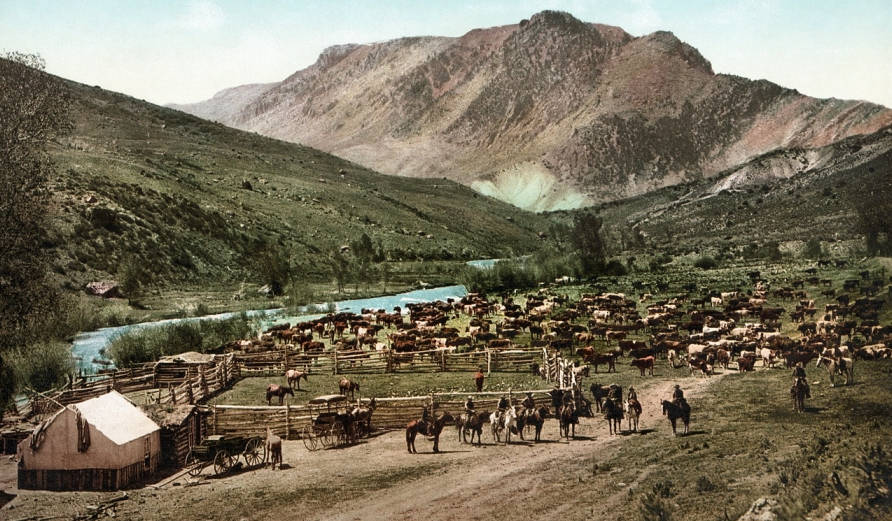Modern Cowboy: Are American Cowboys a Vanishing Breed?

In 1866, after the end of the Civil War, cowboys drove herds of cattle to places where cattle meat was in great demand and where they can fetch a nice price. During this period, outlaws abounded and lawmen are hot on their heels in pursuit.
20th Century Cowboys
At the beginning of the century, cowboys continued to work in cattle drives until about the 1950’s. Driving livestock were on a smaller scale at this time. Many cowboys resigned from the dwindling open trail work and sought employment in private ranches in the West.
Ranchers, farmers, cowboys, and people who found livelihood with their land saw some hard times during the late 1900’s. Agrarian areas have been urbanized and a lot of progress had been made in the way food was produced and distributed. Severe changes in economy made business difficult for ranchers and land-tillers, forcing them to sell their land and pursue other business rather than face bankruptcy.
While the cowboy’s functions started to wane during this period, the film industry was able to cash in on the cowboy lifestyle from 1920’s silent movies to the 1950’s. These gave rise to famous stars like Tom Mix, Audie Murphy, Gary Cooper, and John Wayne.
Living as a Cowboy
Many young men and kids barely out of their teens chose to work as cowboys for the money they can earn, which is an average of around $25 to $40 a month in those days. Apart from rounding up cattle and caring for horses, cowboys also participated in cattle drives, helped in starting frontier towns, mended fences, and repaired damaged buildings.
Cowboys were also known as cowhands, cowpokes, cowpunchers, and buckaroos. The one with the most time and knowledge on the field is referred to as a “segundo” which means “second” in Spanish. Segundos rode directly with the foreman in charge of the cattle drive.
Cowboys usually have sleeping quarters on the ranch where they are hired to work. To fight homesickness or boredom, they would sing songs accompanied by a guitar or harmonica. Some find time to write home or compose poems.
A cowboy usually turned in 15 hours of work each day, which is entailed tough and tiresome tasks. These include riding on a horse all day and performing other physically tiresome work.
Cowboys in Rodeos

Rodeo became highly popular in America after the first professional competition was well attended by cowboys and a huge crowd in 1888 in Prescott, Arizona. It continues to be a highly-attended event in many cities in the United States.
The Modern Cowboy
So many years have gone by since the glorious cowboy days of the Old West. The job demand for professional cowboys have decreased, but it doesn’t mean that they are no longer needed. The cowboy culture and lifestyle are still alive and well in several places in the U.S., but not as active as it was a century or so ago. You can still find the modern cowboy at work in commercial ranches in Texas, Montana, Wyoming, Colorado, Kansas, and Utah.
In recent years, labor statistics have estimated nearly 10,000 people working under the category of activities supporting animal production. These included cowboys who averaged a yearly salary of $19,000.
While times and opportunities may have changed, the cowboy will continue to be a part of the American West and remain a symbol of hard work and perseverance. The cowboy spirit lingers on.

